Introduction
In the vast culinary landscape,卤soup, or braising broth, stands as a testament to the depth and complexity of flavors achievable through patience, precision, and a blend of ingredients. This rich, aromatic liquid is the backbone of numerous Chinese dishes, transforming humble ingredients into mouthwatering delicacies. From the tender meat in braised pork belly to the flavorful vegetables in卤chicken stew, the magic lies in the卤soup. But how does one create such a potion of flavor? This comprehensive guide aims to demystify the process, walking you through the steps to make a perfect卤soup that will elevate your cooking to new heights.
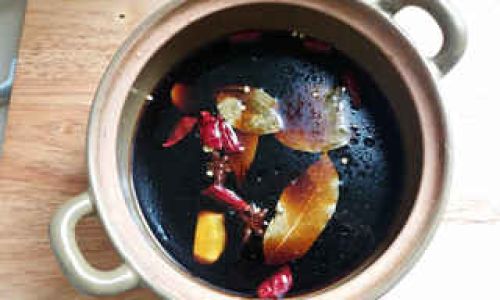
Understanding the Basics
Before diving into the recipe, it’s crucial to grasp the fundamentals of卤soup.卤soup, at its core, is a concentrated broth made from simmering a variety of ingredients over low heat for an extended period. The key to its success lies in the harmonious blend of flavors, textures, and aromas derived from meat bones, spices, herbs, and condiments.
Ingredients: The Foundation
-
Meat Bones: Typically, pork or beef bones are used. They provide the essential gelatin and body to the broth. Chicken bones can also be included for a lighter, more delicate flavor.
-
Aromatics: These include ginger, garlic, and onions. They add warmth and depth to the broth.
-
Spices and Herbs: Common choices include star anise, Sichuan peppercorns, cinnamon sticks, cloves, and bay leaves. Each spice contributes its unique flavor profile, creating a symphony of tastes.
-
Condiments: Soy sauce, rice vinegar, and Shaoxing wine (or dry sherry) are essential. They add umami, acidity, and a hint of sweetness, respectively.
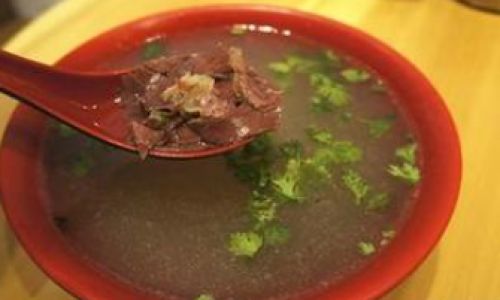
-
Water: Quality water is vital. Use filtered or bottled water if tap water has a strong taste or odor.
-
Optional Additions: Depending on your preference, you can include ingredients like tofu, dried mushrooms, or seaweed to enrich the broth further.
Equipment: Tools of the Trade
- Large Stock Pot: Essential for holding the large volume of liquid and ingredients.
- Strainer: For removing solids from the broth.
- Tongs: Useful for handling hot bones and spices.
- Cheesecloth or Muslin Bag: To enclose spices, preventing them from disintegrating into the broth.
- Ladle: For scooping out broth and tasting.
- Thermometer: Optional but helpful for maintaining a consistent simmering temperature.
Step-by-Step Guide to Making卤Soup
Step 1: Preparation
-
Rinse and Soak: Rinse the meat bones under cold running water to remove any blood or impurities. Optionally, soak them in cold water for 30 minutes to an hour to draw out more impurities. Drain and pat dry.
-
Prepare Aromatics and Spices: Peel and slice the ginger into thick pieces. Peel and crush the garlic. Peel and quarter the onions. Wrap the spices in cheesecloth or a muslin bag, securing it tightly to prevent leakage.
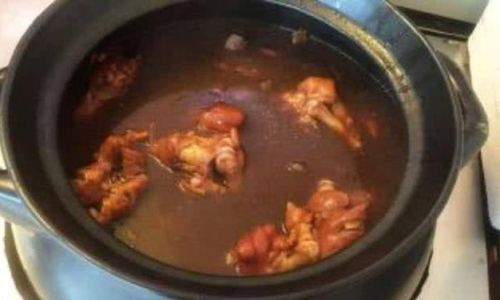
Step 2: Blanching the Bones
-
Boiling Water Method: Fill the stockpot halfway with water and bring it to a rolling boil. Add the meat bones and let them cook for about 5-7 minutes. This step removes excess fat, impurities, and blood, clarifying the final broth.
-
Skimming: Use a ladle to skim off any foam or scum that rises to the surface. Once done, drain the bones and rinse them under cold water to stop the cooking process.
Step 3: Simmering the Broth
-
Fresh Water: Pour fresh, cold water into the cleaned stockpot, filling it about three-quarters full. Add the blanched bones, aromatics, and spice bag.
-
Bring to a Simmer: Place the pot over medium-high heat and bring the contents to a gentle simmer. Do not let it boil vigorously as this can make the broth cloudy.
-
Skimming Again: As the broth begins to simmer, skim off any remaining foam or impurities.
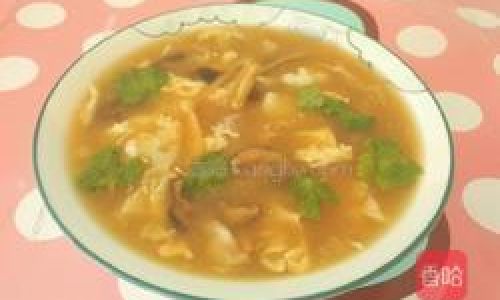
-
Seasoning: Add soy sauce, rice vinegar, and Shaoxing wine. Adjust the quantities to taste, aiming for a balanced flavor profile where none of the ingredients overpowers the others.
-
Simmering: Reduce the heat to low and let the broth simmer gently, uncovered, for at least 4-6 hours. For a richer, more flavorful broth, simmer for up to 12 hours. Occasionally skim off any fat that accumulates on the surface.
Step 4: Finishing Touches
-
Taste and Adjust: After the desired simmering time, taste the broth and adjust the seasoning if necessary. You may need to add more soy sauce for saltiness, a splash of vinegar for acidity, or a drizzle of Shaoxing wine for sweetness.
-
Removing Solids: Use a strainer to remove the meat bones, aromatics, and spice bag. Let the broth cool slightly before straining it through a fine-mesh sieve to catch any remaining particles.
-
Storing: Pour the strained broth into clean, airtight containers. Let it cool to room temperature before refrigerating or freezing. The fat will solidify on top and can be easily removed if desired.
Tips for Perfect卤Soup
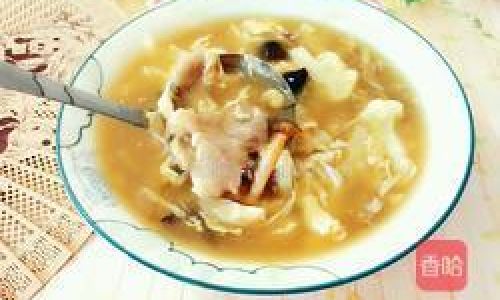
- Quality Ingredients: Always use high-quality ingredients. Fresh bones and spices make a world of difference.
- Patience: The longer you simmer the broth, the more flavors will meld together, creating a more complex and satisfying taste.
- Temperature Control: Maintaining a gentle simmer is crucial. Boiling can break down the proteins in the bones, making the broth cloudy and less flavorful.
- Skimming: Regular skimming removes impurities and excess fat, ensuring a clearer, cleaner broth.
- Storage: Store卤soup in the refrigerator for up to a week or in the freezer for several months. When reheating, do so gently to avoid curdling.
Conclusion
Making卤soup is an art that requires patience, attention to detail, and a love for flavor. By following this comprehensive guide, you’ll be well-equipped to create a broth that is not only visually appealing but also bursting with layers of taste. Whether you’re a seasoned chef or a home cook eager to impress, mastering the art of卤soup will elevate your culinary repertoire, transforming simple dishes into extraordinary meals. Happy cooking, and may your卤soup bring joy and satisfaction to every meal!

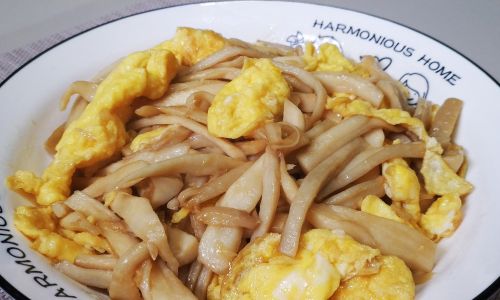
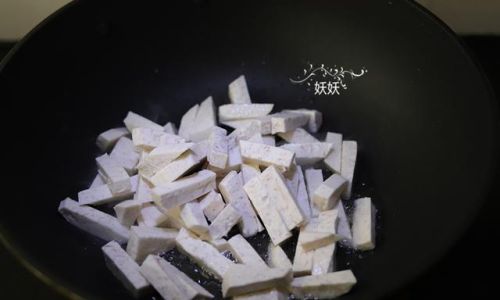
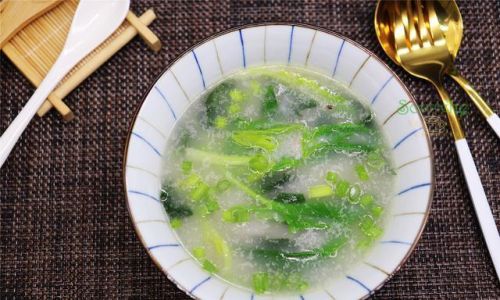
0 comments